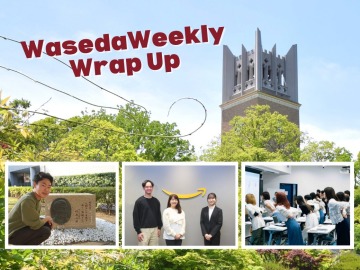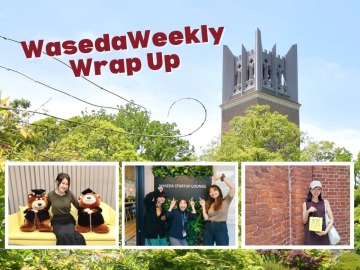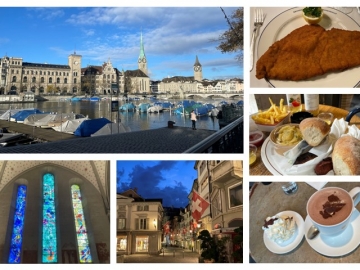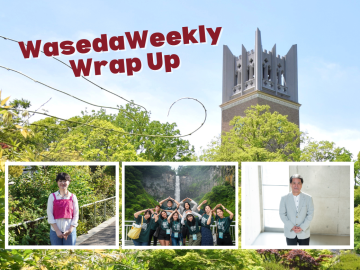“The Absent” intrigued and inspired me to learn more about Japan and architecture.
Second-year student at the Graduate School of Creative Science and Engineering
BABIKER Abudjana haider elwaseela
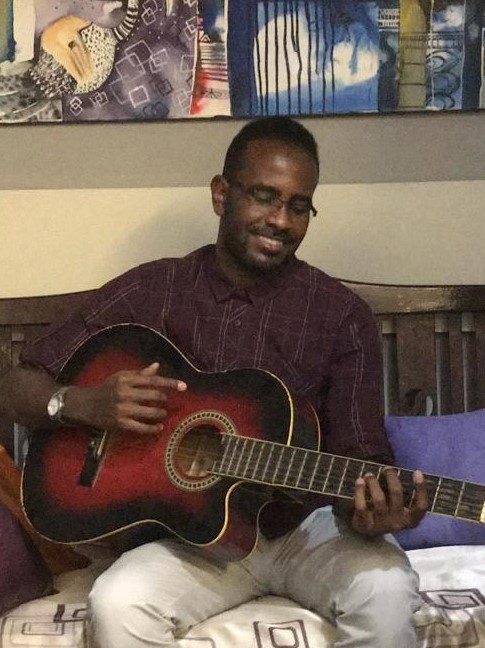
At a friend’s house in Sudan
I said farewell to my loved ones at Khartoum International Airport. Those times were full of monochrome and sometimes even yellow motifs. Sand surrounds and covers the land in Sudan, and the sun shines with a yellowish tinge practically constantly throughout the year. That final glimpse of the yellowish land was a kaleidoscope of emotions, from excitement (white) to regret (black), as I said my goodbyes.
During my undergraduate studies in Sudan, I was briefly exposed to Japanese architecture. After my graduation, I became interested in Middle Eastern architectural problems. I have found that Japanese architecture and history have a unique way of approaching these issues. That was where and when I got interested in studying in Japan. I also found that Japan’s theological and sociological codes are different from those of other countries. This made me want to study there even more.
The mountains in Japan were lush with vegetation when I first arrived. Both the ocean and the sky were bright blue, and the only hints of yellow weren’t outstanding, absent in a way. The intensity and depth of the blue color first caught my eye. It seems that, between the clouds and the waves, the interiors of Japanese buildings and the people’s attire are equally stunning.
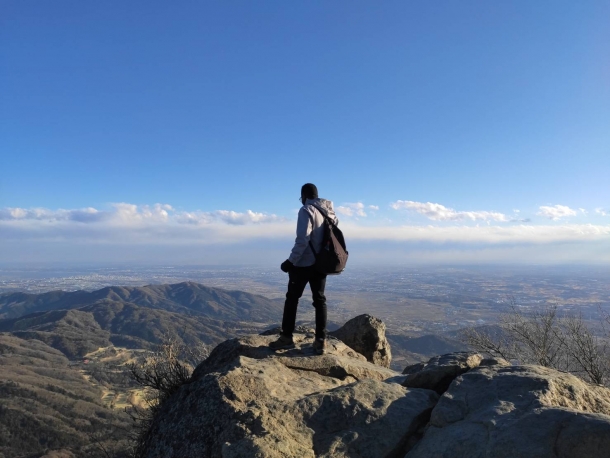
Mt. Tsukuba (Tsukuba city, Ibaraki Pref.)
Unexpectedly enjoyable was the architecture, my field of study. Waseda’s scope is vast, and the unique and complex history of Japan helps to clarify and debunk several riddles, at least in architecture, that have long been the subject of heated dispute in the West.
But whenever I take a stroll around Tokyo, I can’t help but feel that something is missing. Can you attribute it to the social scene? The layout of the streets? I was thinking, to my mind, there is a significant lack of features common in Western cityscapes. Surprisingly, none of these things diminish Tokyo as a city. Contrarily, it is replete with a heightened focus on both the present and the absent. Each passing day the Absent in Japan piques my curiosity more, especially when I look at it architecture-wise, on people’s behavior, policies, and imagination.
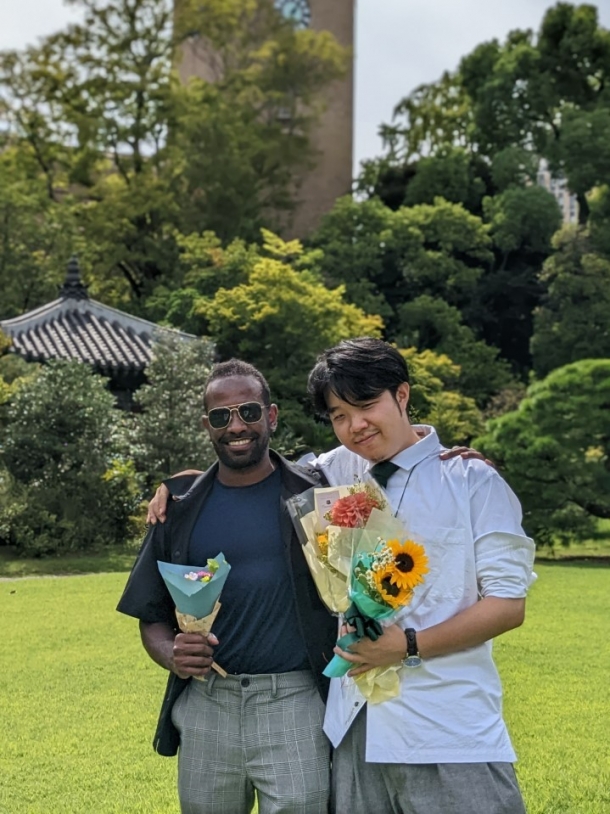
My friend’s graduation day in 2022 Sept. in Okuma Garden.
Thanks to the many opportunities that are provided at Waseda, I have met acquaintances of different nationalities. Waseda has a wide range of facilities that are certain to keep you occupied. Tokyo is a city where the possibilities for adventure are endless, and where there is never a dull moment.
It’s easy to unwind in Japan, what with the country’s rich cultural attractions, exciting metropolitan environment, and easygoing way of life at Waseda. Nonetheless, despite the drawbacks, the Absent was still intriguing enough to inspire me to learn more about Japan and architecture. And it did change the way I think about discipline. I believe that the paradoxes of Japan provide greater insight into the Invisible than those of any other region.
My understanding, curiosity, and anticipation of learning more about Japanese architecture and the Absent grow with each passing month.
What surprised me the most in Japan
The thing that surprised me the most was people’s relationships with each other. I come from a society that is very communicative. I found this particularly in Tokyo, where people are indirect, less communicative, and more concerned about others. I found this, to a greater degree than I expected, shocking!
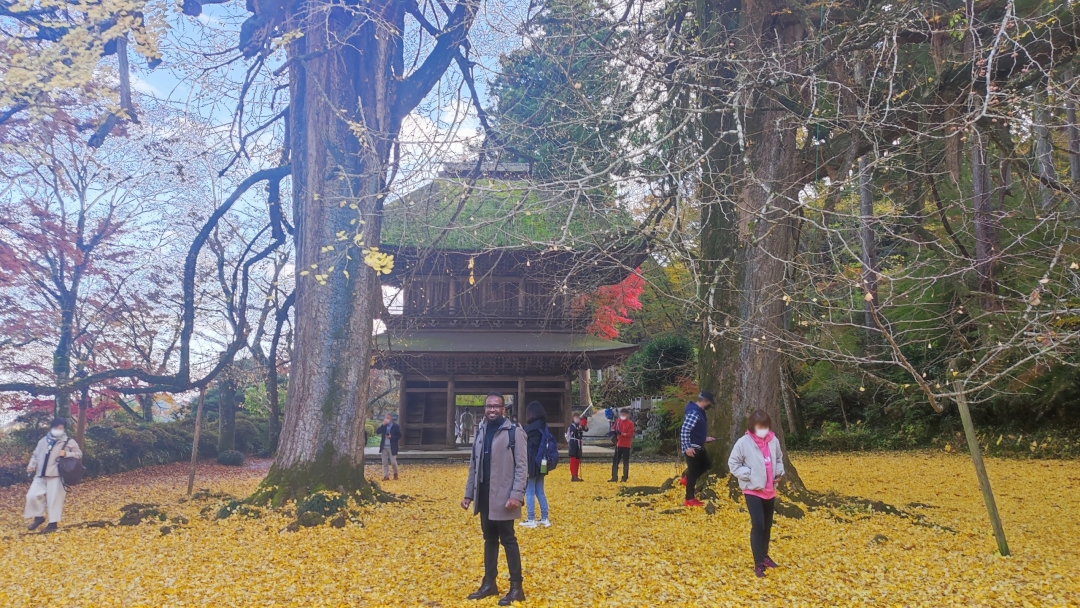
The yellow is seasonal in Japan. Kotokuji Temple in Akiruno City

